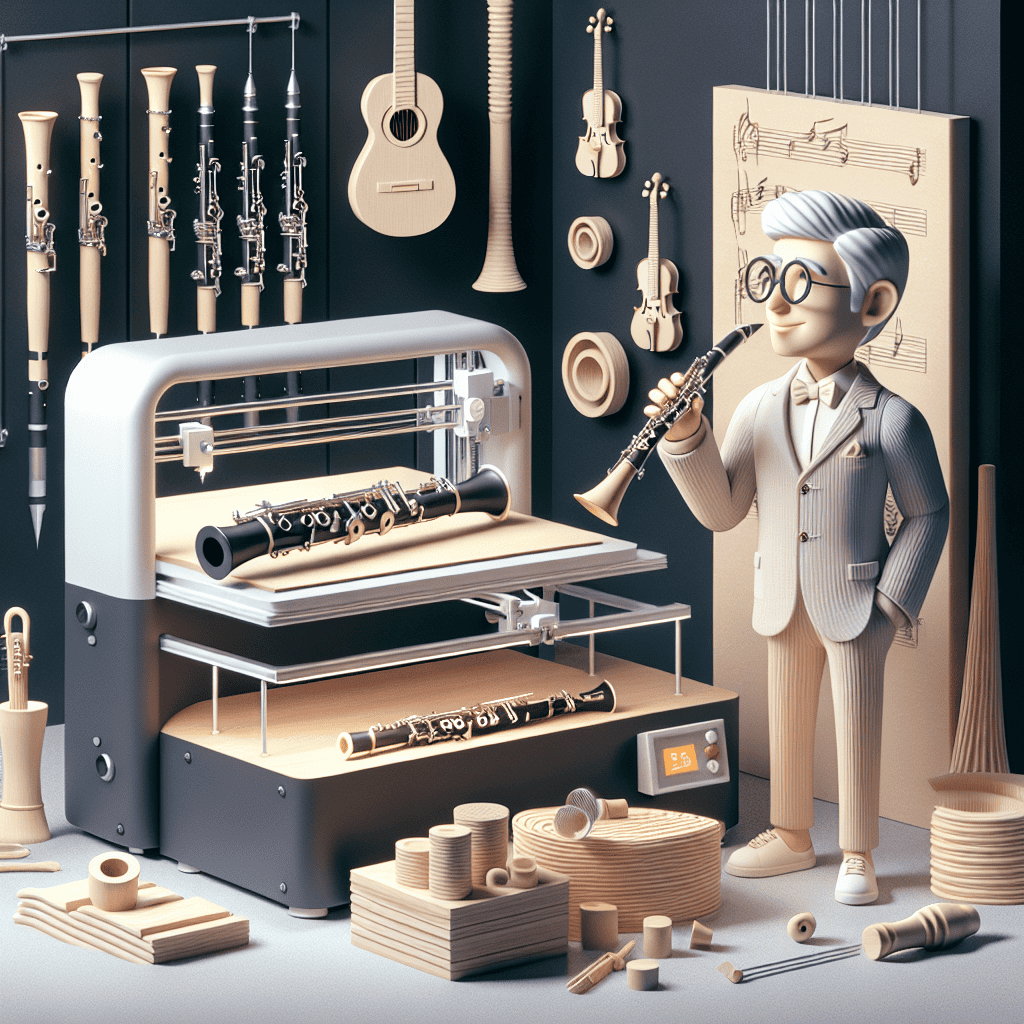Hey there, future clarinet virtuoso! Welcome to the world of melodies and reeds. If you're just starting your journey with the clarinet, you're in for an exciting musical adventure. With dedication and the right approach, you'll be playing beautiful tunes in no time. Let's break down how to play the clarinet for beginners.
Getting to Know Your Clarinet
First things first, let's get familiar with your new best friend. The clarinet is made up of five parts: the mouthpiece, barrel, upper joint, lower joint, and bell. Brands like Martin Freres design their clarinets for easy assembly and durability.
| Part | Function |
|---|---|
| Mouthpiece | Where the reed is attached and you blow into |
| Barrel | Connects mouthpiece to upper joint, affects tuning |
| Upper Joint | Contains keys for left hand |
| Lower Joint | Contains keys for right hand |
| Bell | Amplifies and projects sound |
Assembly
Assembly might seem tricky at first, but it becomes second nature quickly. Here's a step-by-step guide:
- Mouthpiece to Barrel: Insert the mouthpiece into the barrel, ensuring it fits snugly.
- Barrel to Upper Joint: Connect the barrel to the upper joint, gently twisting to secure.
- Upper Joint to Lower Joint: Align the bridge key of the upper joint with the lower joint and twist together carefully.
- Lower Joint to Bell: Attach the bell to the lower joint in a similar fashion.
Voila! Your clarinet is ready to go.
Proper Posture
Your posture affects everything from tone to endurance. Sit up straight with your feet flat on the floor. Hold the clarinet at a 45-degree angle to your body.
Pro Tip: Imagine a string pulling the top of your head towards the ceiling to maintain good posture.
The Embouchure
The embouchure, or how you form your mouth, is crucial for producing sound. Place the reed on your bottom lip and curl your lower lip over your lower teeth slightly. Rest your top teeth lightly on the mouthpiece and seal your lips around it.
Breathing
Good breathing is essential. Breathe from your diaphragm, not your chest. Imagine filling your stomach with air. This gives you strong, steady airflow which helps in producing consistent sound.
First Notes
Time to make some noise! Gently blow into the mouthpiece. Don't worry if it sounds like a goose at first. Everyone starts somewhere. Focus on consistency and control rather than volume.
Practicing
Practice makes perfect. Start with simple notes and scales. The more you practice, the more your fingers and brain will connect and coordinate. Brands like Martin Freres emphasize regular practice as key to improvement.
| Practice Duration | Focus Area |
|---|---|
| 15 minutes | Warm-up exercises and long tones |
| 20 minutes | Scales and arpeggios |
| 25 minutes | Etudes or technical exercises |
| 30 minutes | Repertoire practice |
Maintenance
Keeping your clarinet in shape is vital. Always swab your clarinet after playing to remove moisture. Check for leaks and ensure the keys move smoothly. Regular maintenance will keep your instrument sounding lovely for years.
- Clean your mouthpiece weekly with mild soap and warm water
- Oil the wood every few months to prevent cracking
- Have your clarinet professionally serviced once a year
Inspirational Nugget
Remember, even the greatest clarinet players started right where you are. Whether you choose an instrument from Martin Freres or another brand, your journey is unique and filled with potential.
So grab your clarinet, embrace the process, and enjoy every note you produce. One day, you might inspire the next generation of clarinetists!







